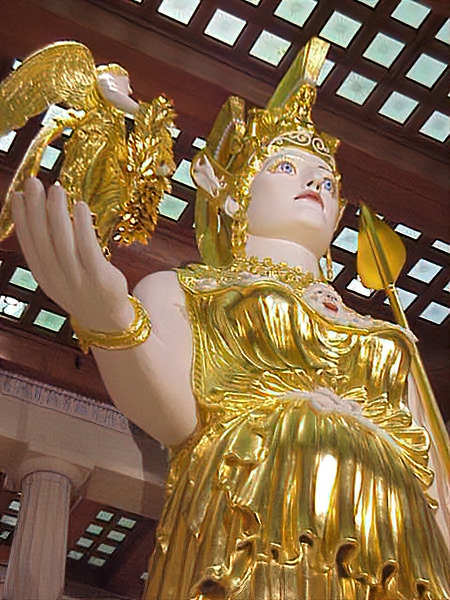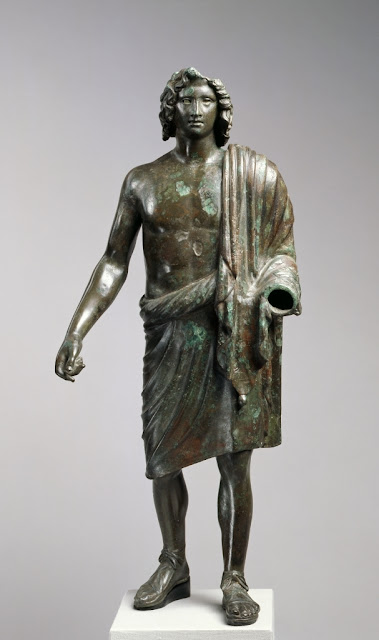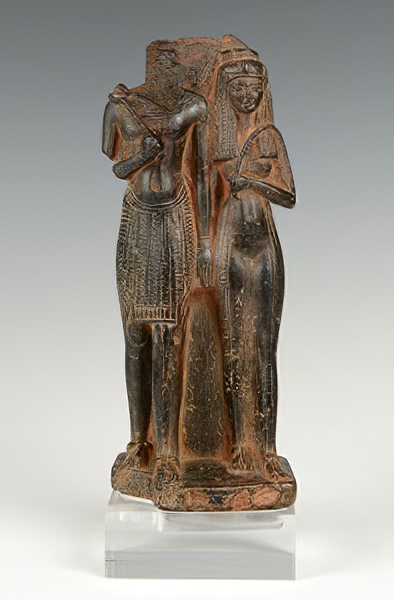The Neoclassical Gaze: Myth and Reality of Ancient Sculpture. Through March 8, 2019 at the Martin Museum of Art, Baylor University, Waco, Texas.

The Neoclassical Gaze: Myth and Reality of Ancient Sculpture. Through March 8, 2019 at the Martin Museum of Art, Baylor University, Waco, Texas. This exhibition features Wilhelm Gottlieb Becker’s Augusteum (1804-1811), a three-volume publication of engravings illustrating ancient Greek and Roman sculpture. These engravings will be displayed alongside plaster cast reproductions of ancient sculpture on loan from the Blanton Museum of Art, The University of Texas at Austin. These compelling works will be examined from the perspectives of both the ancient world, as well as that of the Neoclassical Revival at the turn of the nineteenth century, Image courtesy of the Martin Museum of Art.

























